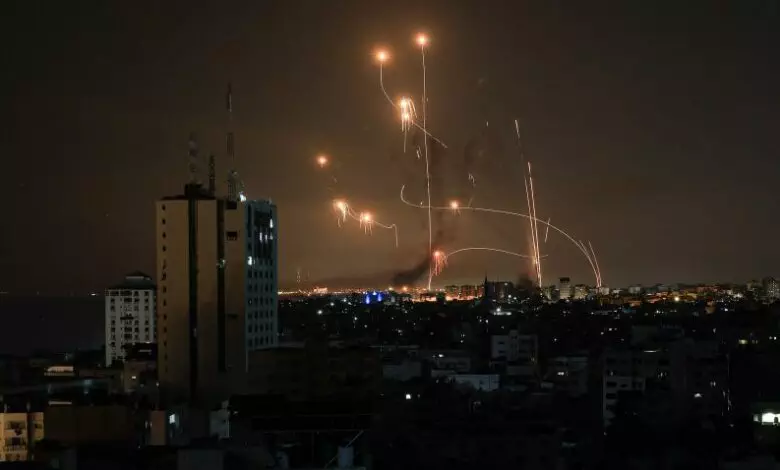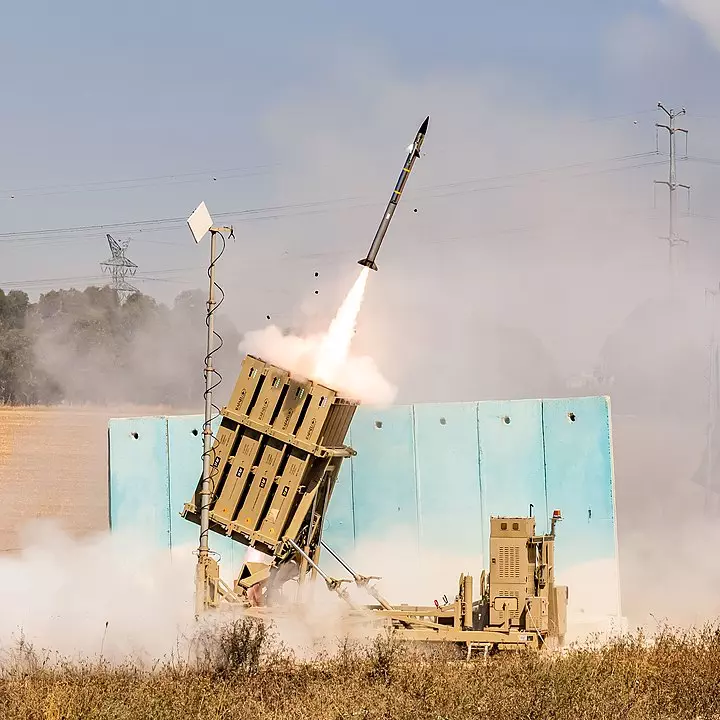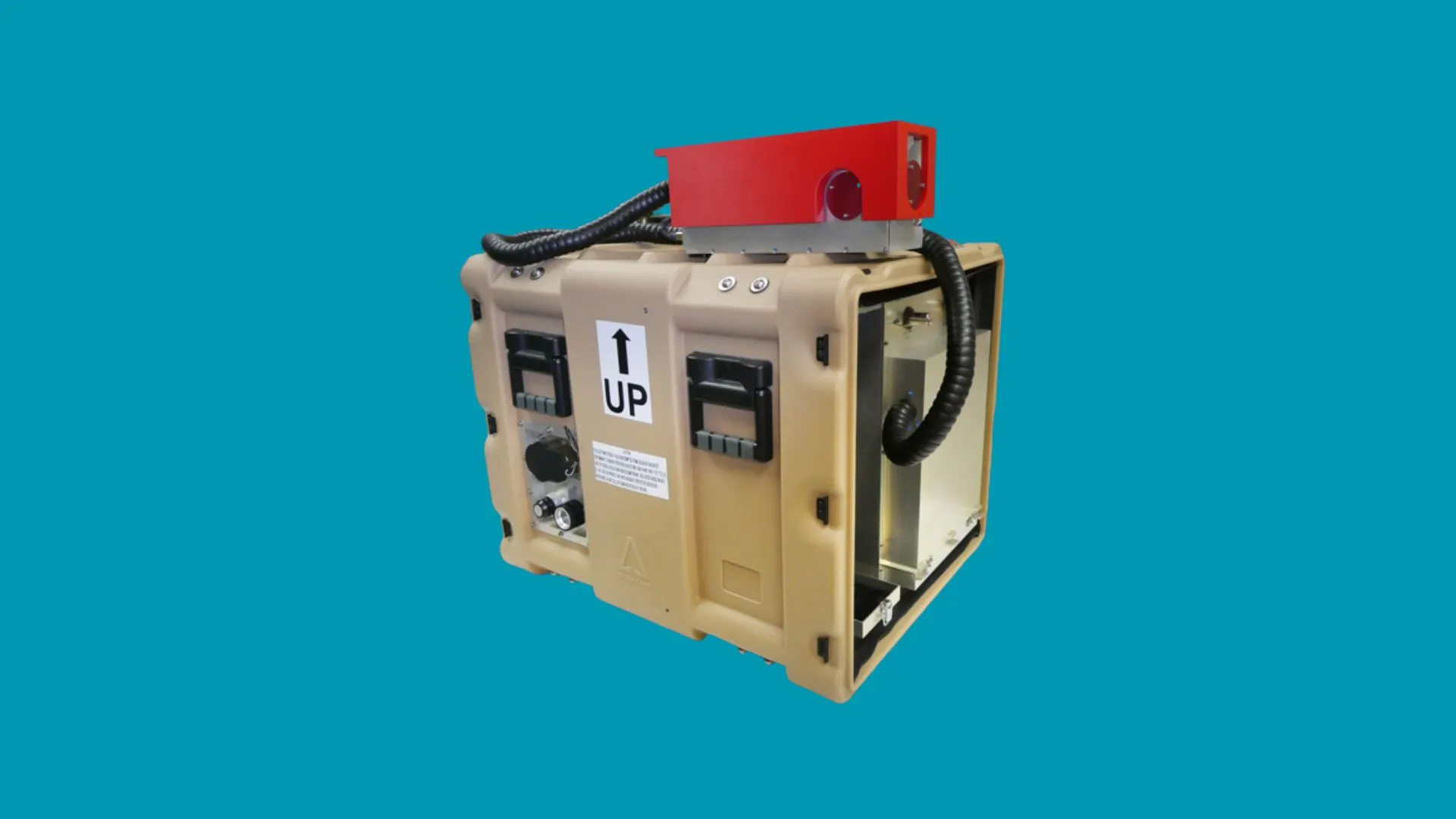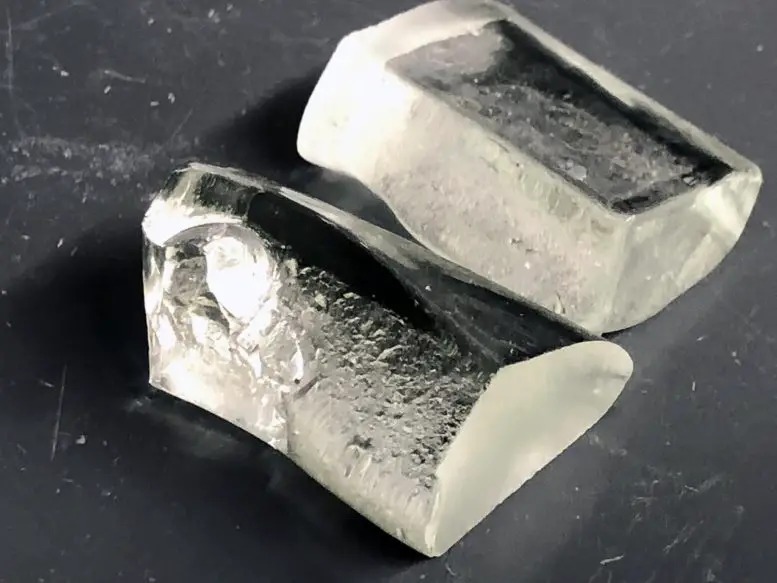
What is the Iron Dome to begin with?
Rafael Advanced Defense Systems and Israel Aerospace Industries are developing the Iron Dome, an Israeli mobile air defense system. It can intercept and destroy short-range rockets and artillery shells. From 4 kilometers (2.5 mi) to 70 kilometers (43 mi) away, whose trajectory would take them to a populated area.
The Iron Dome system consists of three main components:
- A radar unit that detects incoming rockets and relays information about their speed and trajectory to the battery’s control center.
- A command-and-control system that determines the threat level and calculates whether to launch an interceptor missile
- A launcher that fires interceptor missiles to destroy incoming rockets.
Each Iron Dome battery consists of three to four launchers that can each carry up to 20 Tamir interceptor missiles.
How was it made, and who are the contributors?
The Iron Dome was built by two Israeli companies: Rafael Advanced Defense Systems and Israel Aerospace Industries.
Rafael Advanced Defense Systems is a state-owned company that develops and manufactures a wide range of military and security systems, including the Iron Dome.
Israel Aerospace Industries is another state company that develops and manufactures a wide range of aerospace and defense products, including the Iron Dome’s interceptor missiles.
In addition to the two main contractors, many other Israeli companies and organizations have contributed to the development and production of the Iron Dome system. These include:
- Elta Systems: Radar systems
- mPrest Systems: Command-and-control system
- Magal Security Systems: Interceptors
- Israel Ministry of Defense: Funding and overall management
The Iron Dome system is complex and sophisticated.
The United States has also played a significant role in supporting the development and deployment of the Iron Dome system. The US government has provided billions of dollars in funding for the system. US companies have also supplied key components, such as radar systems and interceptor missiles.
How it works and what distinguishes it from ordinary air defense systems

The Iron Dome works by detecting incoming rockets and artillery shells using a radar system. The radar system tracks the trajectory of the incoming projectiles and calculates whether they are on course to hit a populated area. If the system determines that an incoming projectile is a threat, it will launch an interceptor missile to destroy it.
The Iron Dome system is different from other air defense systems in several ways:
- Intercept short-range rockets and artillery shells, which are difficult to intercept with other systems.
- It is highly mobile and has fast deployment to protect areas under threat.
- Reported interception success rate of over 90%.
- It is relatively inexpensive to operate, making it a cost-effective solution to the threat of short-range rocket and artillery attacks.
Here are some other key features of the Iron Dome system:
- It uses a sophisticated command-and-control system to distinguish between incoming threats and harmless objects, such as birds and balloons.
- It can fire multiple interceptor missiles at the same time to engage multiple threats simultaneously.
- It can cooperate with other air defense systems to provide a layered defense against a variety of threats.
How the Iron Dome performed in action
On the internet, you will see in many places that the success rate is over 90%. But that doesn’t mean it can stop more than 90% of the missiles in the sky. The 90% interception rate points to the rockets that the system did try to stop from reaching populated areas
In the latest conflict in 2023, Hamas could easily overwhelm the system by launching 5,000 rockets in 20 minutes.
According to the Israeli Defense Ministry, only 2,200–3,000 rockets were launched. it is the equivalent of 4–1.8 rockets per second.
At this rate, any modern army or an organized, well-armed militia could overwhelm the system by launching as many rockets as possible in a short period of time instead of spreading the launch over a longer period of time.
The challenge for the Iron Dome system is the reload period, as the system intercepters need to be reloaded.
The militant group said it launched 5,000 rockets in 20 minutes – Israeli Defense Forces said 2,200 were fired—that overwhelmed the Iron Dome system. An attack of that intensity can exhaust defensive missile stockpiles, which take time to reload.
Even if a lower number of 2,200 to 3,000 missiles were fired in 20 minutes, the quantity “was simply too much for Iron Dome to manage,” according to an analysis by the Modern War Institute at West Point.
The militant group said it launched 5,000 rockets in 20 minutes – Israeli Defense Forces said 2,200 were fired—that overwhelmed the Iron Dome system. An attack of that intensity can exhaust defensive missile stockpiles, which take time to reload.
Even if a lower number of 2,200 to 3,000 missiles were fired in 20 minutes, the quantity “was simply too much for Iron Dome to manage,” according to an analysis by the Modern War Institute at West Point.
USA Today
How the system can be more effective
Making the system more effective requires the following:
- Increase the number of batteries: Deploying more batteries will increase the coverage area.
- Improve the radar system: The radar system is the key to the system’s effectiveness. Improving the radar system could make it even more accurate and able to detect a wider range of threats.
- Develop new interceptor missiles: The Iron Dome system’s interceptor missiles are already effective. New interceptor missiles could have even greater speed, range, and maneuverability.
- Integrate with other air defense systems: Integrating the Iron Dome system with other air defense systems Further integration could improve the overall effectiveness of Israel’s air defense network.
- Develop countermeasures against new threats. As new threats emerge, such as drones and hypersonic missiles, developing the Iron Dome system with new countermeasures is a must.
In addition to these technical improvements, some other aspects include:
- Increasing funding: The system operation cost is expensive; more funding will allow for deploying more batteries and upgrading more frequently.
- Expanding cooperation with other countries: Israel has already shared the technology with other countries, such as the United States and South Korea. Expanding cooperation with other countries could help improve it.







